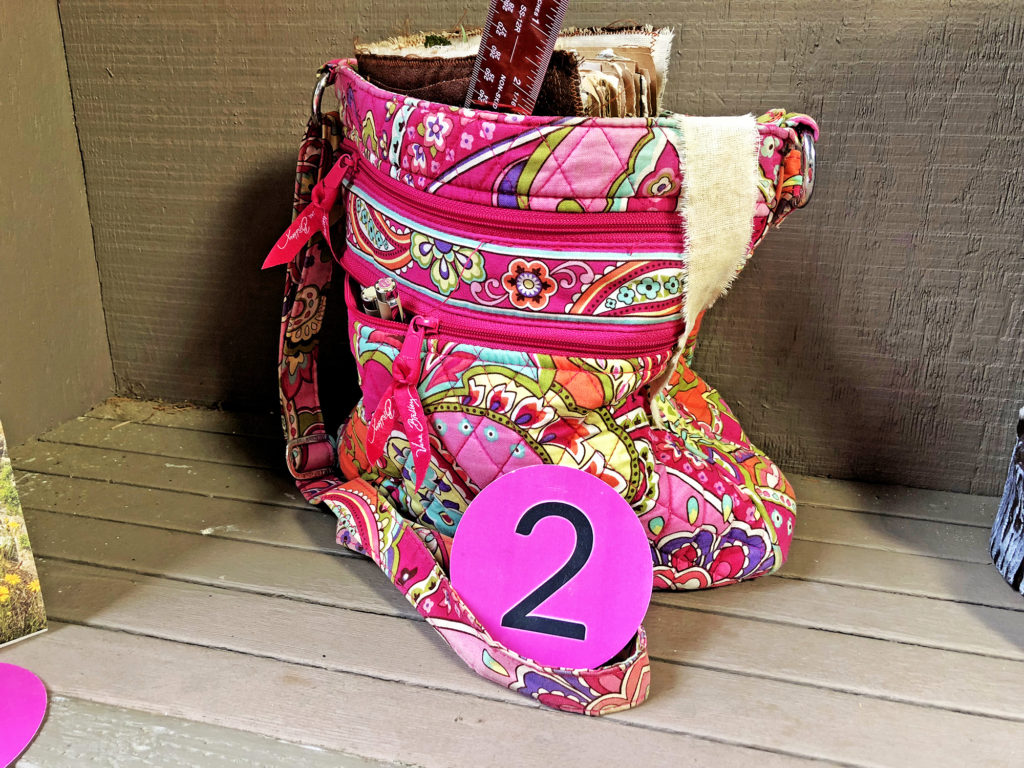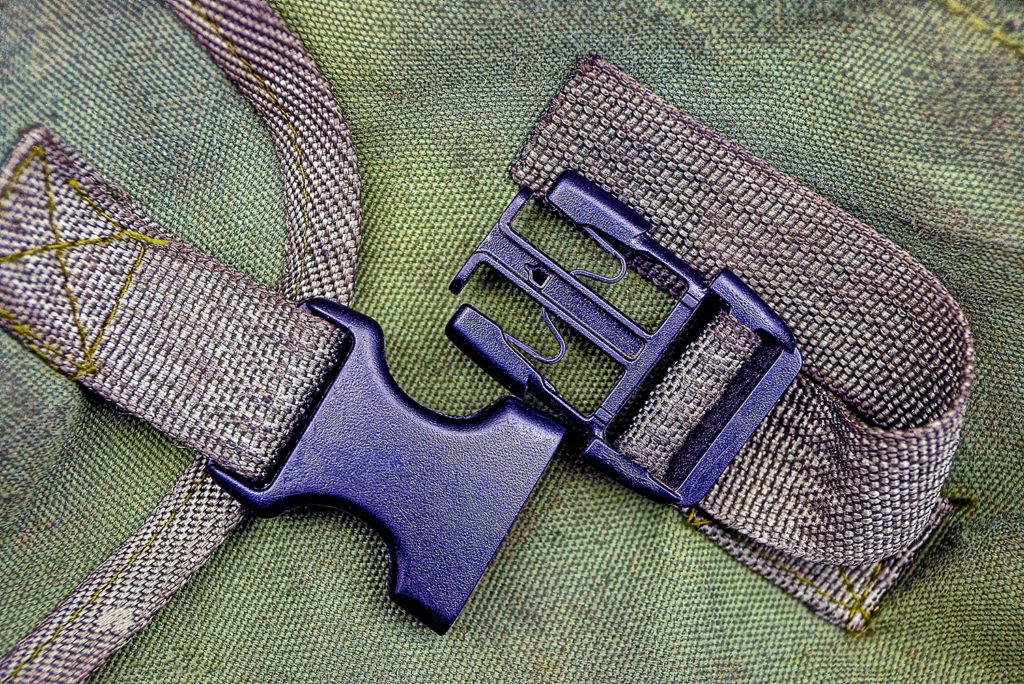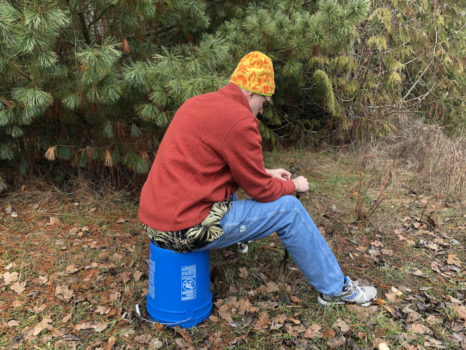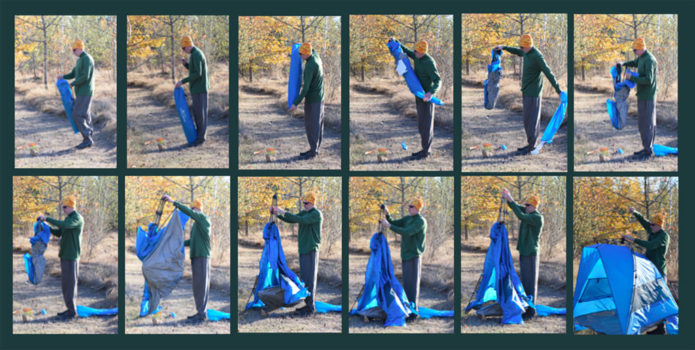
Field Kit
Field Kit
Field work preparation includes acquisition of key equipment and materials.
Learning Objective: List and assemble the basic components of a multi-purpose field kit.

Start Your Media Assignment here
In this assignment you will be assembling a field kit for laboratory and field work. When complete, upload a photo to Canvas, and you can add information to the comment box provided, if desired.
You do not need to make purchases for this assignment, contact Mark or Lesley if you have difficulty selecting an item.

Your field kit should contain:
Safety Gear: could be a smaller safety kit, a list of safety instructions, and/or other safety materials you feel are important.
Weather Gear: could include a hat, sunscreen, heavy clothes, whatever you feel you will need to use in your weather conditions.
Map(s): directions to at least three locations where you think your will find animals nearby. This can be in a building or outdoors. The map or maps can be on a digital device (arranged in the field kit photo) or printed out.
Data Collection Materials: could include a ruler, watch/timer, camera phone, journal, note pad, pencils, plastic bags, binoculars or whatever else you come up with.
A Creative/Personal Addition: could be a towel (for fans of Hitchhiker’s Guide to the Galaxy), camping gear, a compass, a box for specimen storage, or something innovative for collecting information about animals.
Something to Carry Everything in: could be a backpack, a garbage bag (we’ve used these), a bucket, or whatever you plan to use.
A field kit is a logical bridge between planning and data collection on location.
Here is a tour of our field kits.
Watch this video; you can select the closed captioning “cc” option if you would like to see the text.

Sometimes the best field gear is the least expensive or most commonplace.
A bucket can be used to carry equipment, store wet samples, and substitute for work as a stool.
Keep it simple: the easier to carry and assemble, the more likely you are to use it in the field.

Field Kits
Recipe for an effective kit:
- Can be carried over a distance comfortably
- Weather proof, including high temperatures and rain
- Animal-proof, food and scented items in plastic bags or containers
- Enough water and food for an unexpectedly long trip
The next section describes the relationships between animals and their habitats.











